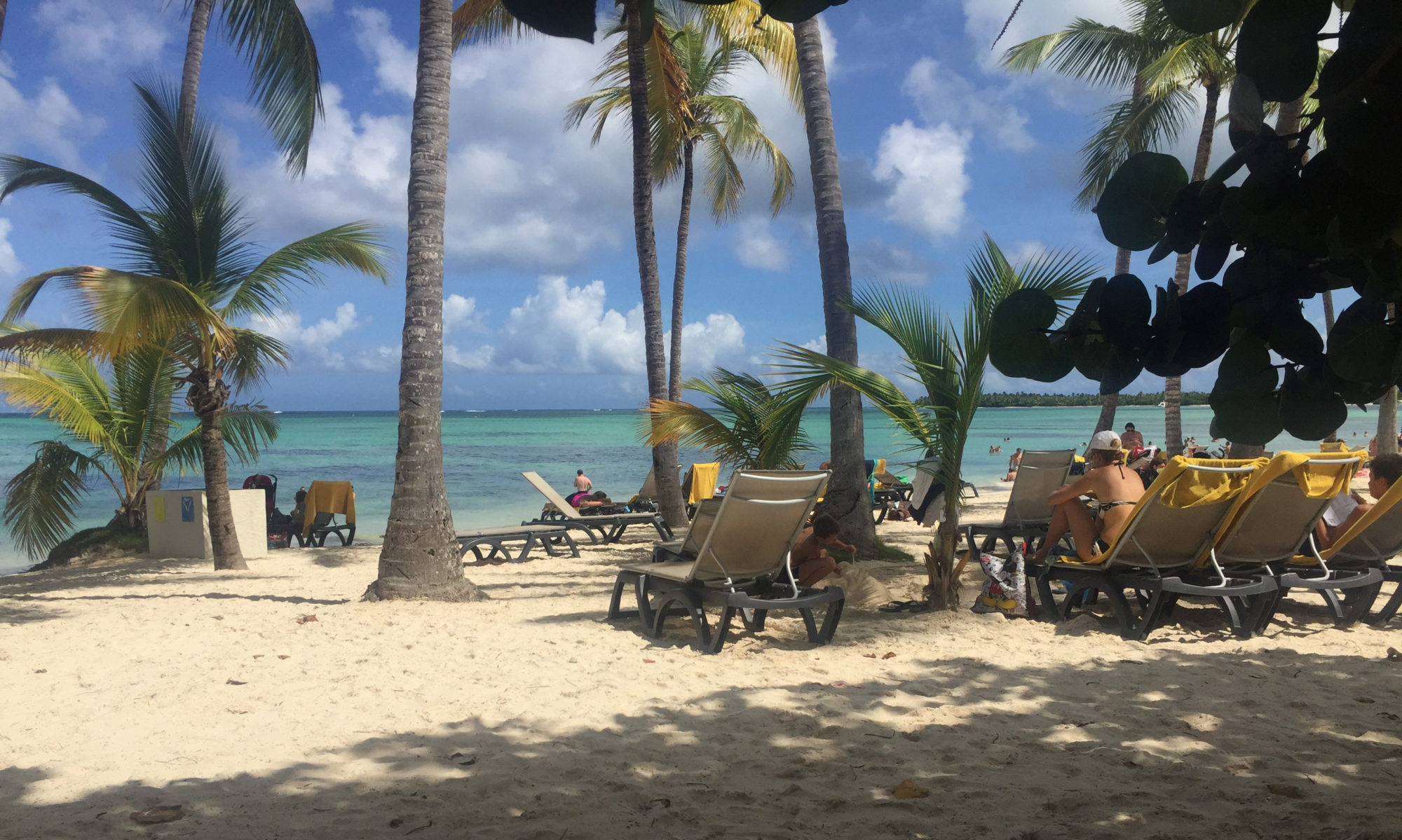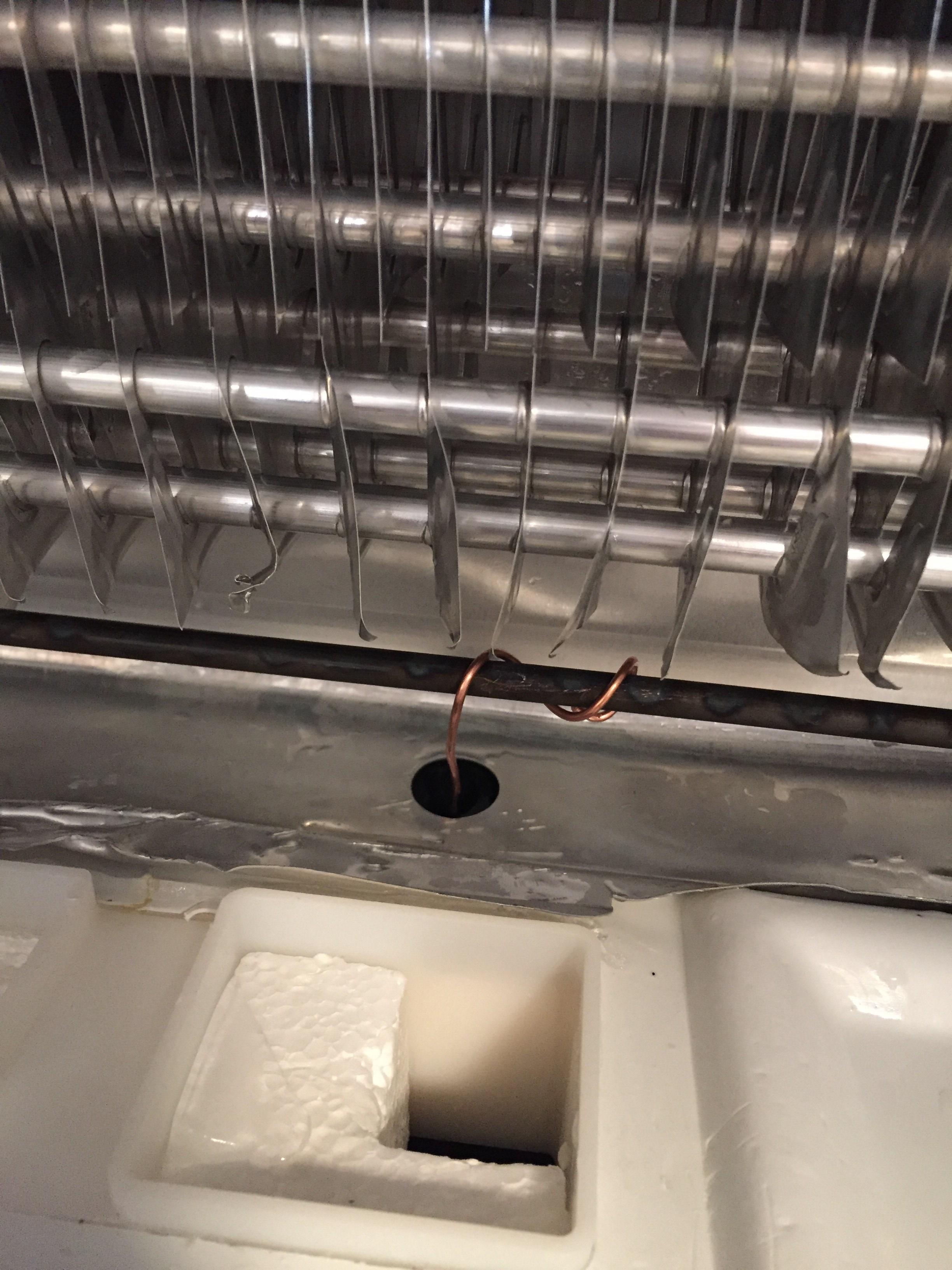We try to do our best here at Casa del CIQY, but sometimes, things can get away from you. This October was one of those bad months for us and saw a big spike in our household spending.
Maybe you’re thinking to yourself “they must go overboard for Halloween and Thanksgiving” (recall we are Canadian so Thanksgiving is in October for us). Well, we do like Halloween around here and we did host Thanksgiving, but we did pretty well in terms of spending on both of those fronts. What we did have though was a number of irregular expenses that all ended up arriving at around the same time, leading to a month where our net income was very much in the red.
The Expenses
So what were these expenses? Well for starters, our home renovations picked up some serious steam during the month of October, which also accounts for the dearth of blog posts during that month. Our renovations were put on the back burner for a lot of the summer so we could enjoy the weather and each other. Mrs. CIQY and I tend to work opposite shifts, so if we don’t see each other on weekends, we pretty much just don’t see each other. But when the weather started to turn cold we also realized that New Baby was not that far from arriving and we needed to finish our renos before that happened, so we kicked the renovations back into high gear. Consequently, even though we’re doing the work ourselves to save money, there was significant spending on materials during the month.
Next, we had to buy new tires. Eight new tires, to be exact. My wife’s winter tires had worn down their tread far enough that they wouldn’t last another winter, so we needed new winter tires for her car. Meanwhile, I replaced my car over the summer (which I bought used and got a great deal, thankyouverymuch) and I needed winter tires for my car as well. So there was another big expense for the month. Two, if you want to nitpick.
If that wasn’t enough, we bought a new vacuum. I’m not sure when the last time was that you bought a vacuum, but they tend to not come super cheap. And given that we live in a household with three fur babies who shed, this was not an expense we wanted to cheap out on. We have needed a new vacuum for a while and have been on the lookout for a while as well. It just so happened that this was the month when we finally ended up pulling the trigger.
And to round it all out, there was a property tax bill due. Now maybe this doesn’t necessarily count as “irregular expense”, but it’s also not one that is due every month. In our case, taxes are paid in five installments, on five different month-ends. October happens to be one of those months.
The Silver Linings
On the other hand, I don’t view any of these expenses with any regret. They were all justified, they were all arguably necessary, and furthermore each case represents good value (except maybe the property taxes, but there’s really not a whole lot you can do about that one. Taxes gots to get paid).
Let’s start with the renovations. As I have mentioned, we’re doing the work ourselves with a lot of help from my handy dad. So right away, we’re saving a lot of money on labour. My dad and I both estimate that if we had hired contractors to do this work for us, it would have cost us approximately $25,000. So far we’re on budget to have it all done for about $6000-7000.
Furthermore, we’re significantly adding to the value of our house. We’re adding a full bath, turning our formerly 1.5 bath house into a 2.5 bath house. And in refinishing our old rec room, we’re adding insulation where there was none before to the external walls. So we’ll be saving a lot of money in future years in heating costs. And of course, most important of all, finishing these renovations will bring us more enjoyment of our house, we’ll get better use out of our basement space, and we’ll be making our lives easier. Win-win-win. No brainer.
Next, the winter tires. I’m of the opinion that when you live in Canada (at least in our part), winter tires are essential. Especially when I think about the safety of my wife and kids, this is something that is well worth the expense. So I’m definitely not second-guessing the purchase of winter tires in general. That’s a good start.
But beyond their being essential, we also got a good deal on the tires too. My wife got a great deal at Canadian Tire during their “Biggest Tire Sale of the Year” or whatever it’s called. And we had them installed on a set of steel rims that we got for free, along with the old set of winter tires, from my brother after he got a new car and his old winter tires didn’t fit. As for the tires I got for my car, I found them on Kijiji. They are fantastic tires. Top of the line Nokians, from Finland. Normally these things retail for about $200, per tire. I got a set of four, on rims, for $350. And lots of tread left. These babies should last me for a good 3 or 4 winters I’d wager. Not to mention the man I bought them from was very nice, and had even marked them for me, for proper tire rotation. This was definitely an example of good value for a dollar. Kijiji, baby!
Finally the vacuum. Like I said, we have pets. Three of them, to be precise; two cats and a dog. And a toddler, and a baby on the way. Our old vacuum had become unreliable. It was also heavy and had a broken power switch (we had to just plug it in to turn it on and unplug to turn it off). We had gotten several glowing reviews for Dyson vacuums from family and friends, and decided we wanted to get one for our next vacuum. When someone you respect and trust says “it’s the last vacuum you’ll ever buy”, that is the best endorsement you can hear. This was something we already knew we wanted. So when we came across an older model that was marked down at Canadian Tire and came with a $50 rebate, we recognized our window of opportunity and climbed through it.
As for the property tax… well if you know a way to get out of paying that bill, I’d love to hear it. On the other hand, as a good citizen I recognize the value of paying my taxes and I do it willingly. Personally I think there’s some good value in this expense too. As long as my plumbing keeps working, my trash keeps getting picked up, my streets cleaned, my traffic lights stay operational,…
So add it all up and it was an expensive month. There’s no two ways about it. On the other hand, we’re closer to having an extra bathroom and an awesome rec room to play in, we have peace of mind when it comes to driving safely this winter and for the next few winters, and we’ve got an amazing vacuum that should last us a lifetime. So it’s not exactly like we’ve got nothing to show for all that extra money being spent. Sometimes it’s better to focus on what you get, rather than on what you have to give to get it.



